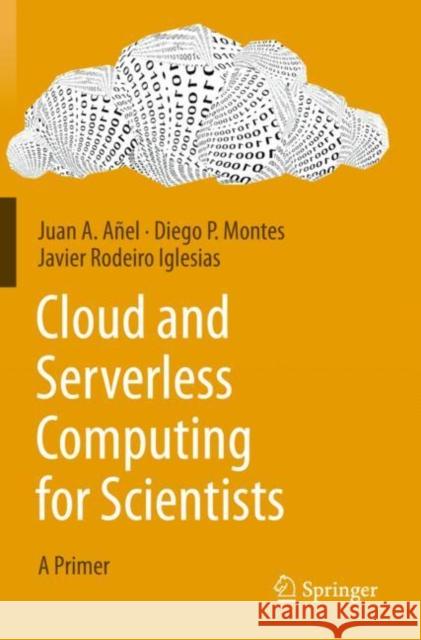Cloud and Serverless Computing for Scientists: A Primer » książka
topmenu
Cloud and Serverless Computing for Scientists: A Primer
ISBN-13: 9783030417864 / Angielski / Miękka / 2021 / 85 str.
Cloud and Serverless Computing for Scientists: A Primer
ISBN-13: 9783030417864 / Angielski / Miękka / 2021 / 85 str.
cena 301,89
(netto: 287,51 VAT: 5%)
Najniższa cena z 30 dni: 289,13
(netto: 287,51 VAT: 5%)
Najniższa cena z 30 dni: 289,13
Termin realizacji zamówienia:
ok. 22 dni roboczych
Dostawa w 2026 r.
ok. 22 dni roboczych
Dostawa w 2026 r.
Darmowa dostawa!
Kategorie:
Kategorie BISAC:
Wydawca:
Springer
Język:
Angielski
ISBN-13:
9783030417864
Rok wydania:
2021
Wydanie:
2020
Ilość stron:
85
Oprawa:
Miękka
Wolumenów:
01











